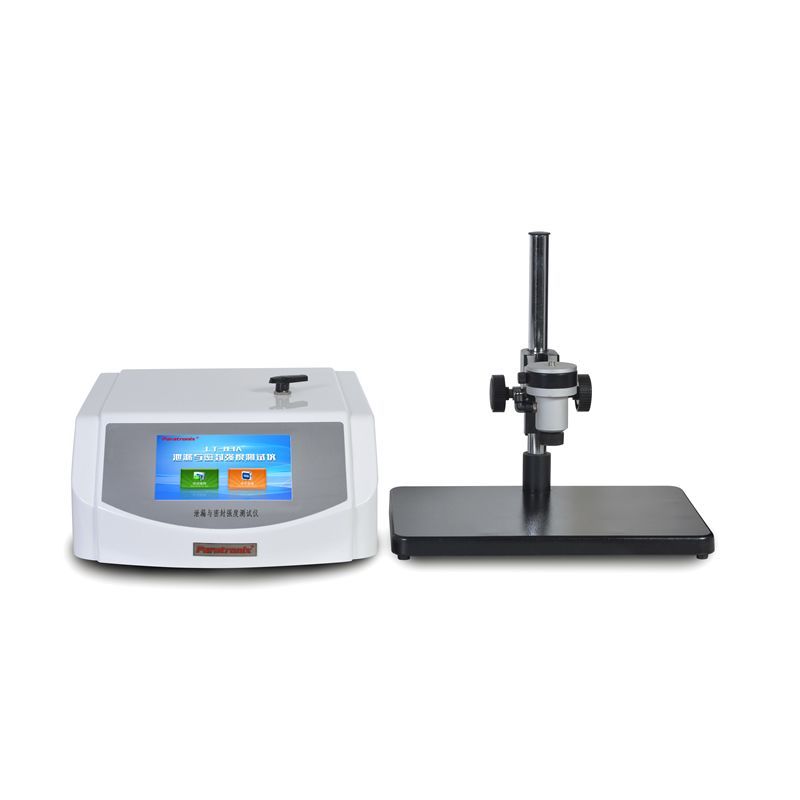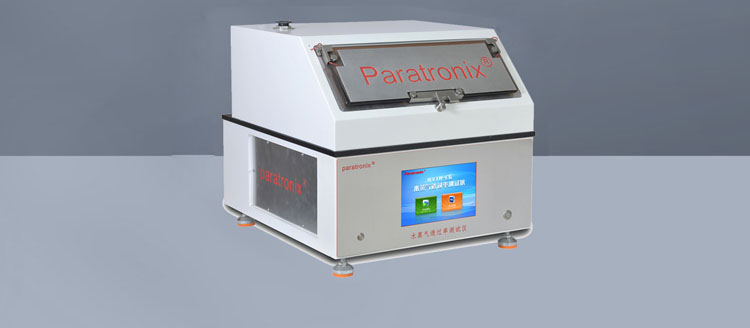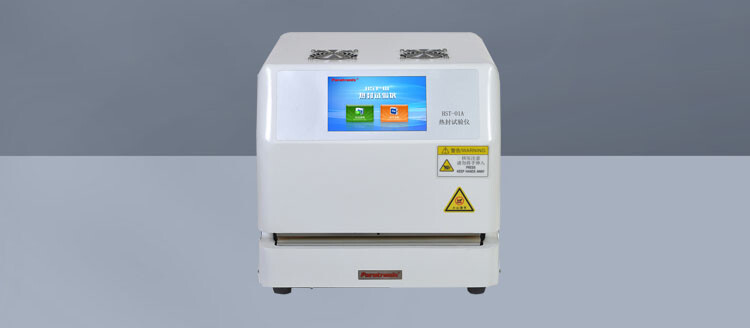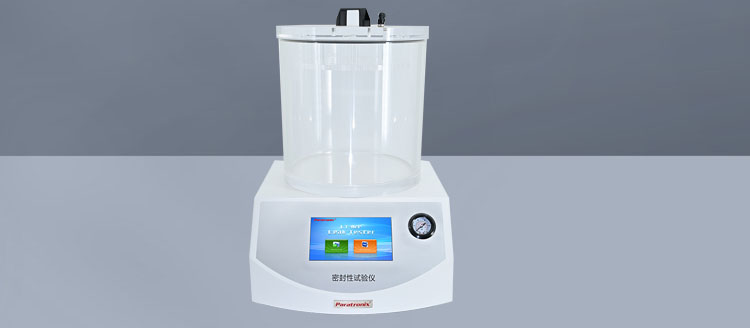Recent Posts
 Maintenance methods for thin film thickness detection instruments2025-12-15
Maintenance methods for thin film thickness detection instruments2025-12-15 Method for detecting the opening tension of food chain self sealing bags2025-12-03
Method for detecting the opening tension of food chain self sealing bags2025-12-03 Packaging industry testing instrument - moisture permeability tester2025-11-26
Packaging industry testing instrument - moisture permeability tester2025-11-26 What testing instruments are used for testing the heat sealing performance of thin films?2025-11-20
What testing instruments are used for testing the heat sealing performance of thin films?2025-11-20 Precautions for using negative pressure seal detector2025-11-10
Precautions for using negative pressure seal detector2025-11-10
ASTM F2054 is a critical standard test method developed by ASTM International that evaluates the burst resistance of
flexible package seals through internal air pressurization while using restraining plates. This method provides
manufacturers and quality control professionals with a reliable means to assess package integrity, which is essential
for ensuring product protection, shelf life, and consumer safety.
Scope and Purpose
The ASTM F2054 standard specifies the procedure for determining the minimum burst pressure of flexible package
seals when subjected to internal air pressure. The test is performed while the package is constrained between rigid
plates, simulating real-world conditions where packages often rest against other products or container walls during
storage and transportation.
The test requires specific equipment:
Pressure system: Capable of delivering controlled internal air pressure to the test specimen at a specified rate
Restraining plates: Rigid, flat plates with a central opening that allows package expansion while limiting deformation
Pressure measurement device: Accurate to ±1% of the measured value
Specimen mounting fixture: To securely hold the package between the restraining plates
The standard specifies that restraining plates should have a minimum thickness of 6 mm (0.25 in) and an opening
diameter appropriate for the package size being tested.
Testing instrument:LT-03A Leak and seal strength tester

Test Procedure
Specimen preparation: Packages should be conditioned at 23±2°C (73.4±3.6°F) and 50±5% relative humidity for at
least 24 hours before testing.
Mounting: The package is placed between the restraining plates, ensuring the seal area to be tested is properly aligned
with the plate opening.
Pressurization: Air is introduced into the package at a constant rate of 10 kPa/s (1.45 psi/s) or other specified rate until
failure occurs.
Failure detection: The test continues until the package seal bursts or the package material fails.
Data recording: The maximum pressure achieved before failure is recorded as the burst strength.
Interpretation of Results
The burst pressure provides quantitative data about package seal strength. Higher values indicate more robust seals
capable of withstanding greater internal pressures. The standard recommends testing multiple samples (typically 10
or more) to establish statistically significant results.
Applications and Industries
ASTM F2054 is widely used across various industries:
Medical device packaging: Ensuring sterile barrier integrity
Food packaging: Maintaining product freshness and preventing contamination
Pharmaceutical packaging: Protecting drug products from environmental factors
Consumer goods: Verifying package durability during distribution
Conclusion
ASTM F2054 provides an essential methodology for evaluating the burst resistance of flexible package seals under
controlled conditions. By implementing this standardized test, manufacturers can improve package design, ensure
product protection, and maintain consistent quality in their packaging operations. As packaging technologies evolve,
standards like ASTM F2054 continue to play a vital role in advancing packaging performance and reliability.
Leave A Reply
Search by Keywords





